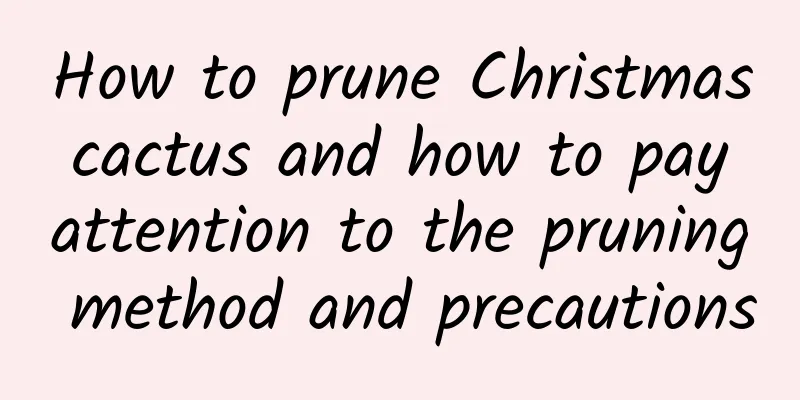What is wrong with the leaves of the hosta turning yellow and soft?

|
The leaves of the hosta are limp and yellow, mainly due to the following five reasons, with detailed analysis and solutions attached: Unsuitable soilHosta is suitable for planting in well-drained soil. If the soil has poor drainage, water accumulation will cause the hosta roots to rot, causing the leaves to turn yellow and soften. Solution: When planting hosta in the field, choose sandy loam with deep soil and good drainage; for potted plants, it is best to choose loose and fertile culture soil. OverwateringDuring the cultivation process, if there is too much watering and the soil drainage is poor, the roots will rot due to lack of oxygen in this environment, causing the leaves to turn yellow and soften. Solution: Do not water the hosta excessively. Water it when the plant is dry. During the rainy season, drain the water in time after rain for the hosta planted in low dew areas, and take care to protect the potted plants from rain. Too little wateringHosta likes a humid environment and is not drought-tolerant. It needs more water during the growing period, so pay attention to watering. Long-term lack of water will easily cause the leaves to turn yellow. When the environment is too dry or exposed to dry and hot winds, the leaves are also likely to turn yellow. Solution: Keep the soil in the pot moist during the growing season. When the air is dry, spray water on the leaves or sprinkle water around to maintain humidity. Too much lightHosta cannot tolerate strong direct sunlight, especially in summer. If exposed to direct sunlight, the leaves will become thinner, turn yellow, and grow slower. In severe cases, scorched spots will appear on the leaf edges. Solution: Place the hosta in a shaded area without direct sunlight. Potted hostas should be placed in a place with a shade degree of more than 80% in summer. OverfertilizationHosta does not require much fertilizer. The planting soil should be adequately fertilized. More fertilizer should be applied before the plant blooms, and some potassium dihydrogen phosphate should be applied appropriately to promote flowering. If too much fertilizer is applied during the growing period, especially too much concentrated fertilizer, it can easily cause the leaves to turn yellow and fall off. Solution: Fertilizing hostas should be done in moderation and at the right time, according to the needs of the plant. When fertilizing, do not let liquid fertilizer get on the branches and leaves. Hosta is an ornamental plant. If you want it to look beautiful, you need to spend more time on its daily care! |
<<: What to do if water lily leaves turn yellow
>>: What to do if petunia leaves turn yellow
Recommend
How to grow Asparagus cochinchinensis
1. Soil When caring for Asparagus, we need to giv...
Can fish tank water be used to water flowers directly? What flowers are suitable for watering with fish tank water?
Water the flowers directly with fish tank water F...
Date Tree Pruning
1. Pruning time 1. Summer: Usually, pruning can b...
What is the best fertilizer for periwinkle?
Fertilization time for Catharanthus roseus 1. Dur...
Why does the lucky bamboo root rot? How to deal with the root rot
1. Causes of root rot 1. Root rot in soil: If the...
Cutting propagation methods and precautions for sweet-scented osmanthus trees
Osmanthus tree cutting time The propagation metho...
How and when to plant roses
Rose planting time When planting roses, it is bes...
What is peat soil?
Peat soil, also known as turf soil, is soil that ...
When should peanuts be planted?
When cultivating peanuts , you should choose a pl...
When is the right time to sow wheat?
Wheat sowing time The best time to sow wheat is s...
Common diseases and pests control in Yushu
aphid 1. Symptoms: This kind of pest and disease ...
How to plant onions in pots after they sprout? How to plant onions at home
After the onion sprouts, it can be planted after ...
The difference between Daphne koreana and Knotweed
1. Differences between branches and trunks The br...
Can orchids be grown on coal slag?
Can orchids be grown on coal slag? Orchids can be...
Will the green radish die if it is watered too much? What is the watering time?
1. Will I die? Generally speaking, it is not easy...









